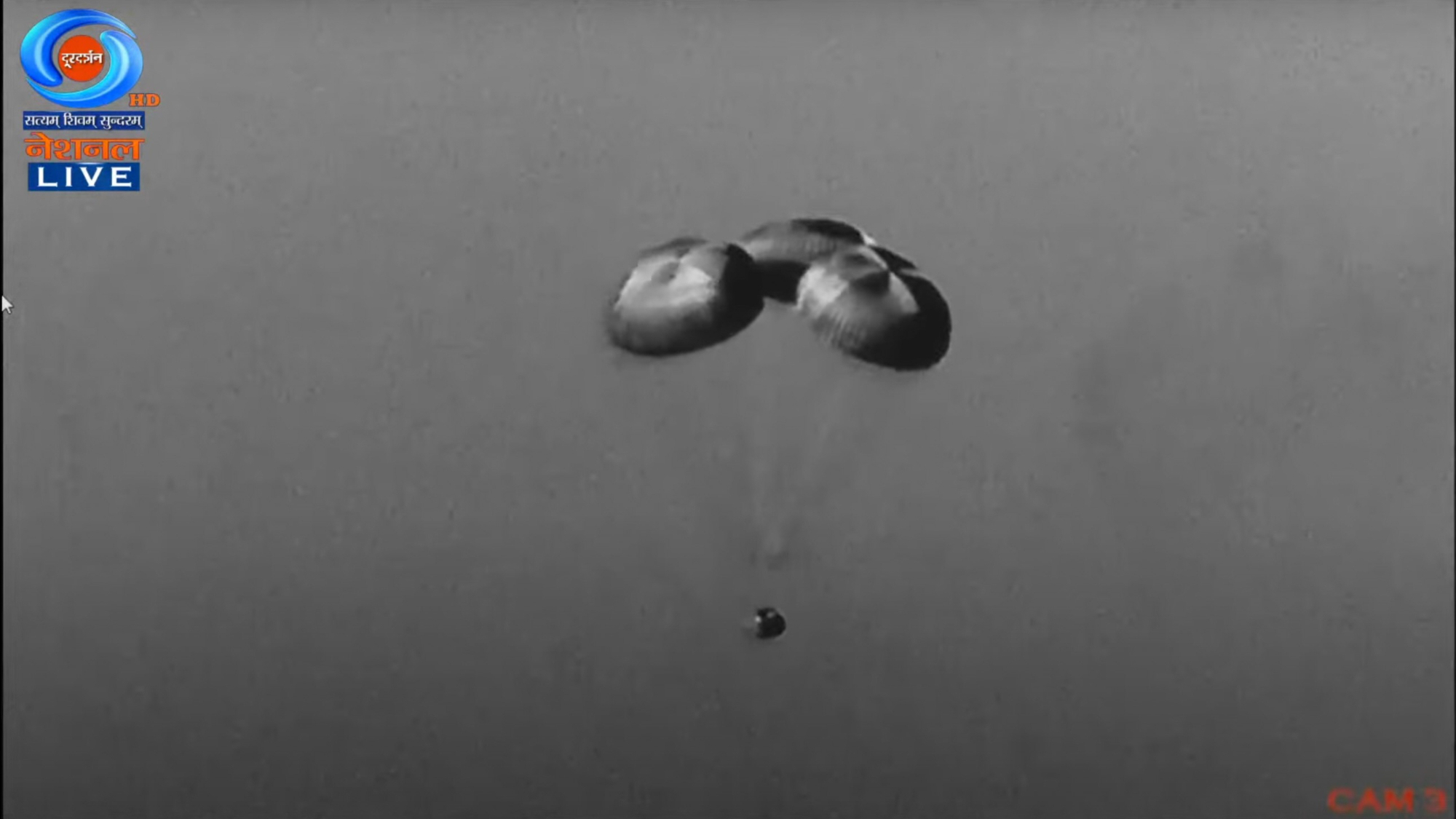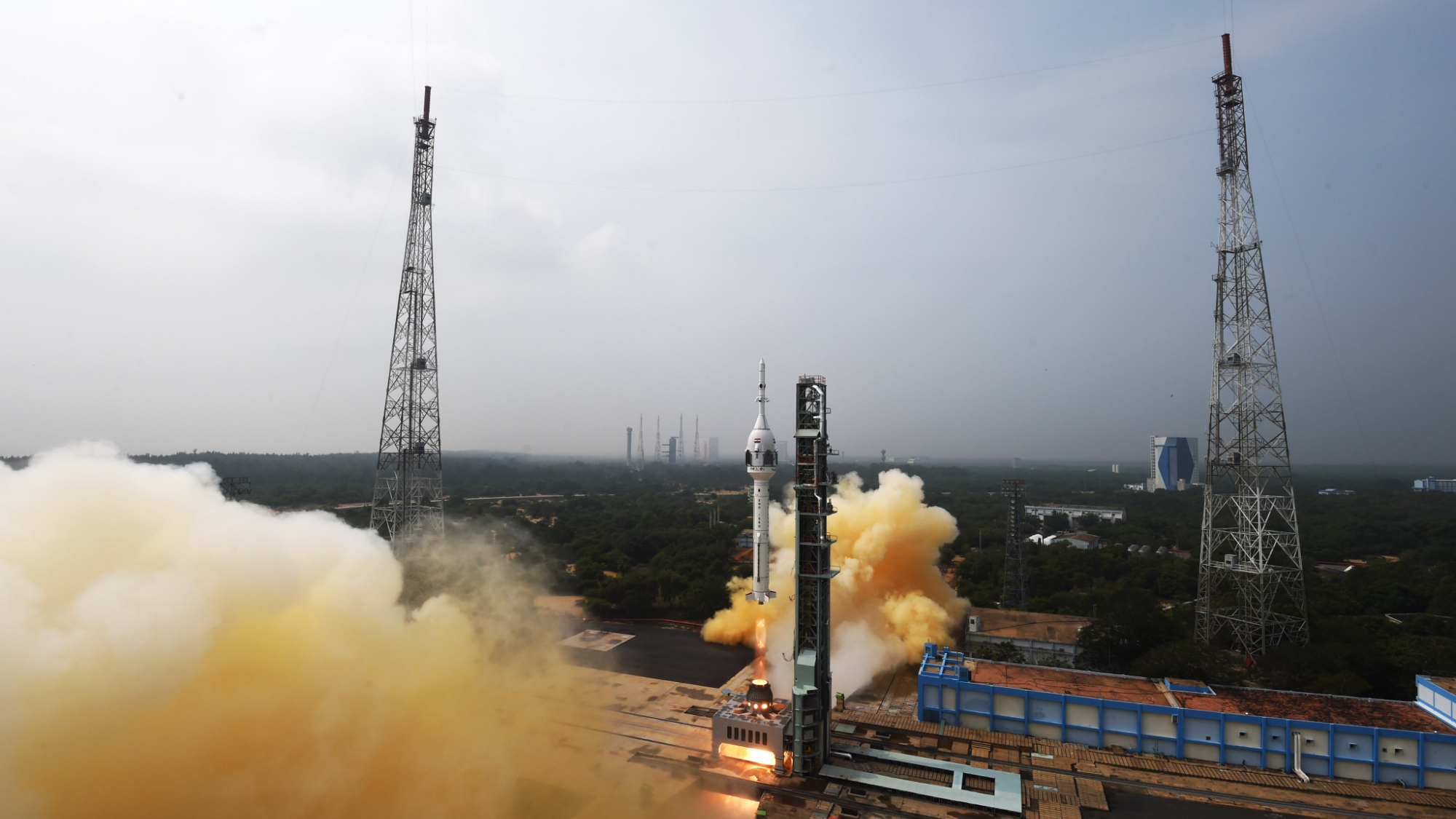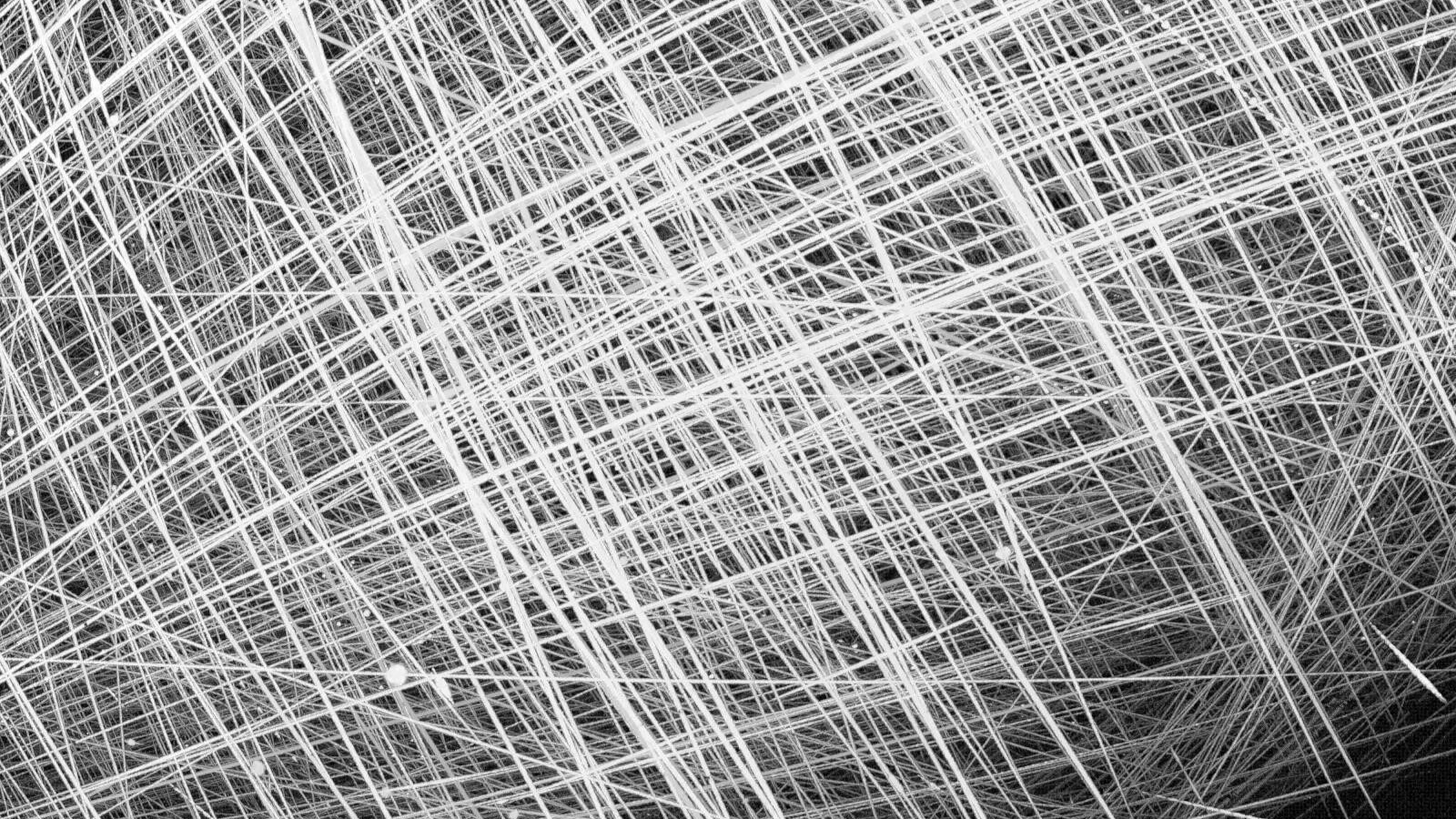India just took a big step toward its first-ever astronaut mission.
Early Saturday morning (Oct. 21), the nation conducted an uncrewed test of the emergency-escape system of its new crew capsule, showing that the vehicle can jet away from its rocket if there's a problem during launch.
That's a crucial capability for the spacecraft, which is scheduled to carry astronauts for the first time in 2024 on the Gaganyaan mission to Earth orbit.
Related: India tests parachutes for Gaganyaan crew capsule using a rocket sled (video)

The trial, known as TV-D1, sent an unpressurized test version of the Gaganyaan crew module (CM) and its attached crew escape system (CES) aloft at 12:30 a.m. EDT (0430 GMT; 10:00 a.m. local India time) from Satish Dhawan Space Centre, on the island of Sriharikota just off India's southeastern coast.
The spacecraft flew atop a single-stage, liquid-fueled rocket built especially for this mission. During the Gaganyaan orbital flight next year, the CM will launch on India's powerful Launch Vehicle Mark-3 rocket.
The mission plan on Saturday called for the CM-CES pair to separate from their rocket at an altitude of about 7.5 miles (12 kilometers), then for the CES to engage its escape motors. The CM and CES were to separate from each other about 10.6 miles (17 km) above Earth, and the CM would deploy parachutes and come down safely for a soft touchdown in the sea, about 6 miles (10 km) off the Sriharikota coast.
Breaking space news, the latest updates on rocket launches, skywatching events and more!
The CM and CES checked all those boxes as planned, according to the Indian Space Research Organisation (ISRO).
"TV D1 Test Flight is accomplished. Crew Escape System performed as intended. Mission Gaganyaan gets off on a successful note," ISRO wrote via X (formerly known as Twitter) shortly after the mission.

India's space program is riding high at the moment. In August, the nation became the first to land a robotic probe — its Chandrayaan-3 lander-rover duo — in the moon's south polar region, which is thought to harbor large stores of water ice.
And in early September, India launched Aditya-1, its first-ever solar probe. The spacecraft will study our star from the Earth-sun Lagrange Point 1, a gravitationally stable spot about 1 million miles (1.5 million km) from our planet in the direction of the sun.
India has ambitious plans for its nascent human spaceflight program as well. Earlier this week, the nation announced that it aims to establish an Earth-orbiting space station by 2035 and put astronauts on the moon by 2040.
TV-D1 was supposed to launch at 11:00 p.m. EDT on Friday (Oct. 20), after a 30-minute weather delay, but an attempt at that time was aborted when a flight computer flagged a potential issue with the rocket. The mission team troubleshot the issue, however, and got the test flight off the ground in short order.
Editor's note: This story was updated at 2:15 a.m. ET on Oct. 21 with news of mission success.
Join our Space Forums to keep talking space on the latest missions, night sky and more! And if you have a news tip, correction or comment, let us know at: community@space.com.

Michael Wall is a Senior Space Writer with Space.com and joined the team in 2010. He primarily covers exoplanets, spaceflight and military space, but has been known to dabble in the space art beat. His book about the search for alien life, "Out There," was published on Nov. 13, 2018. Before becoming a science writer, Michael worked as a herpetologist and wildlife biologist. He has a Ph.D. in evolutionary biology from the University of Sydney, Australia, a bachelor's degree from the University of Arizona, and a graduate certificate in science writing from the University of California, Santa Cruz. To find out what his latest project is, you can follow Michael on Twitter.
